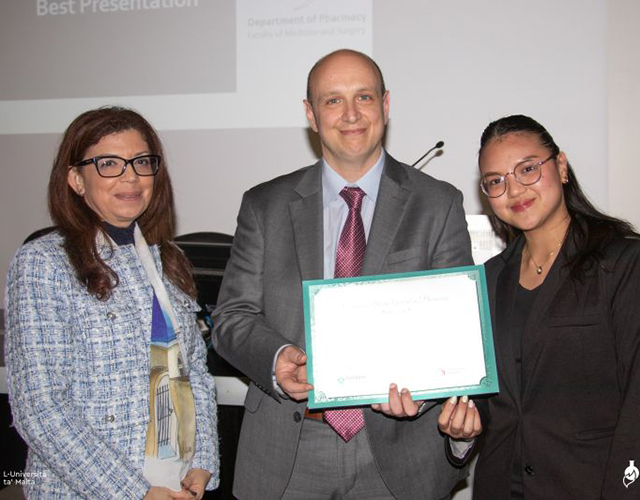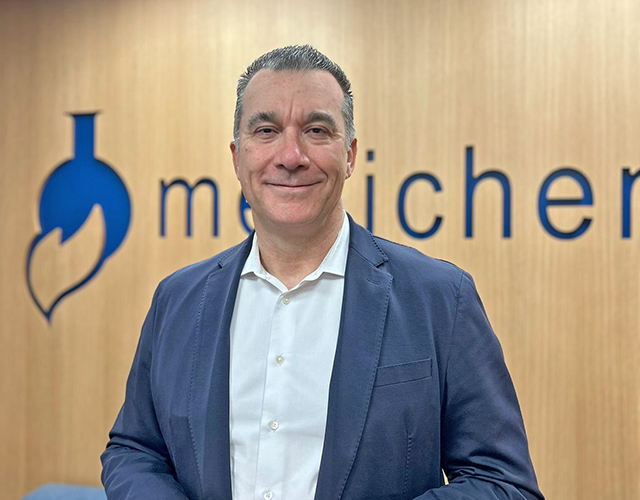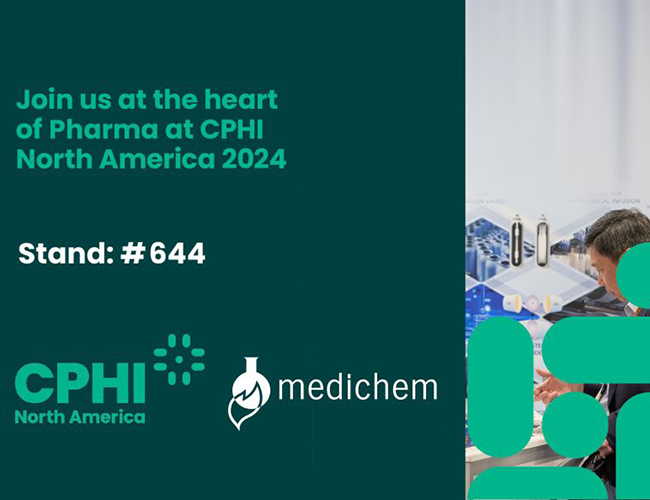DID YOU KNOW THAT CHLORHEXIDINE DIGLUCONATE IN ORAL CARE…?
03/03/2015
FACTS ABOUT CHLORHEXIDINE IN ORAL CARE
- Chlorhexidine is an antiseptic and antimicrobial often used as an active ingredient in oral rinse.
- It provides protection against a wide range of bacteria. It kills bacteria by binding to bacteria cell walls.
- The FDA approved chlorhexidine 0.12% in August 1986 as ANDA 19-028(1)
- Chlorhexidine, to date is the most potent anti-plaque agent. It is considered gold standard anti plaque agent, against which efficacy of other anti-plaque and anti -gingivitis agents is measured. Its efficacy can be attributed to:
- Immediate bactericidal action
- Prolonged bacteriostatic action.
- The antimicrobial properties of Chlorhexidine are attributed to its bi-cationic molecule.(2)
FOR WHICH INDICATION CAN WE USE CHLORHEXIDINE?
- Gingivitis which causes redness, swelling, and bleeding of the gums. Chlorhexidine gluconate has a positive chemical charge; it is attracted to the negative charge on certain bacteria in the mouth. This attraction affects the bacterial cell membrane and causes increased permeability for immediate antimicrobial activity. Chlorhexidine gluconate is also attracted to negatively charged surfaces on oral tissue. This additional attraction gives chlorhexidine gluconate a sustained action that can help prevent the formation of plaque(3)
- Periodontitis disease occurs when inflammation or infection of the gums (gingivitis) is allowed to progress without treatment. Chip impregnated with chlorhexidine are used to reduce or eliminate the sub-gingival microorganisms associated with periodontal diseases.(4)
- Prevention of Early Childhood Caries. Dental plaque is the main source for dental caries and there is no proper vaccine that can affect dental plaques. Studies have demonstrated that chlorhexidine was superior to other indicated products in its ability to maintain low plaque scores(5)(6)
- Dental traumas, such as subluxation, intrusion associated with pulp exposure are treated with mechanical decontamination and intracanal medication composed by 2% of chlorhexidine gel.(7)
- Wisdom tooth extraction. Use of Chlorhexidine (CHX)-based mouthwash immediately before third molar extraction reduces bacteria levels in patients’ blood after the procedure.(8)
- Ventilator-associated pneumonia (VAP) is the most common nosocomial infection among ventilated patients and is associated with increased mortality and morbidity. Oral chlorhexidine has been used to decontaminate the airway in critically ill patients, as studies suggest a risk reduction in VAP(9)(10)
Bibliography:
- http://www.accessdata.fda.gov/drugsatfda_docs/nda/98/20774-ltr-lab-mr.pdf
- 0.2% Chlorhexidine: An effective oral care against Alpha Haemolytic Streptococci Neelam Kumari*, Vinay Kumari, Sembian Nandagopal, Jyoti Serin, Nitin Goel Insan and Vikas Choudhary M. M. College of Nursing Mullana Ambala, Haryana, India(2015)
- Chlorhexidine Gluconate. AHFS Drug Information 2005.
- evaluation of clinical efficacy of chlorhexidine chip as an adjunct to scaling and root planing in chronic periodontitis patients. Jayant Ambulgekar, Bansi Bhusari, Rizwan Sanadi, Manan Doshi.2014
- Comparison of Antibacterial Effect of Fluoride and Chlorhexidine on Two Cariogenic Bacteria: An in Vitro StudyHamid Reza Poureslami, Fereshteh Barkam, Parnian Poureslami, Zahra Salari, Somayeh Salari.2014
- Efficacy of Listerine, Meridol and chlorhexidine mouthrinses on plaque, gingivitis and plaque bacteria vitality.Brecx M1, Netuschil L, Reichert B, Schreil G.1990
- Pulp Revascularization after Root Canal Decontamination with Calcium Hydroxide and 2% Chlorhexidine Gel. Adriana de Jesus Soares, PhD∗, , , Fernanda Freitas Lins, MSc†, Juliana Yuri Nagata, MSc∗,Brenda Paula Figueiredo de Almeida Gomes, PhD∗, Alexandre Augusto Zaia, PhD∗, Caio Cezar Randi Ferraz, PhD∗, José Flávio Affonso de Almeida, PhD∗, Francisco José de Souza-Filho, PhD∗.2013
- Mouthwash may reduce bacteremia after wisdom tooth extractionJournal .Springer Healthcare News.2012
- Survey on the use of chlorhexidine and toothpaste as part of oral care in UK ICUs.I Kangesan, F Millinchamp, JV Williams and LA Burrows (2014)
- Duration of action of a single, early oral application of chlorhexidine on oral microbial flora in mechanically ventilated patients: a pilot study. Mary Jo Grap, PhD, RN, ACNPa, , Cindy L Munro, PhD, RN, ANPa, R.K Elswick Jr, PhDa, b, Curtis N Sessler, MD, FCCMc, Kevin R Ward, MDd



